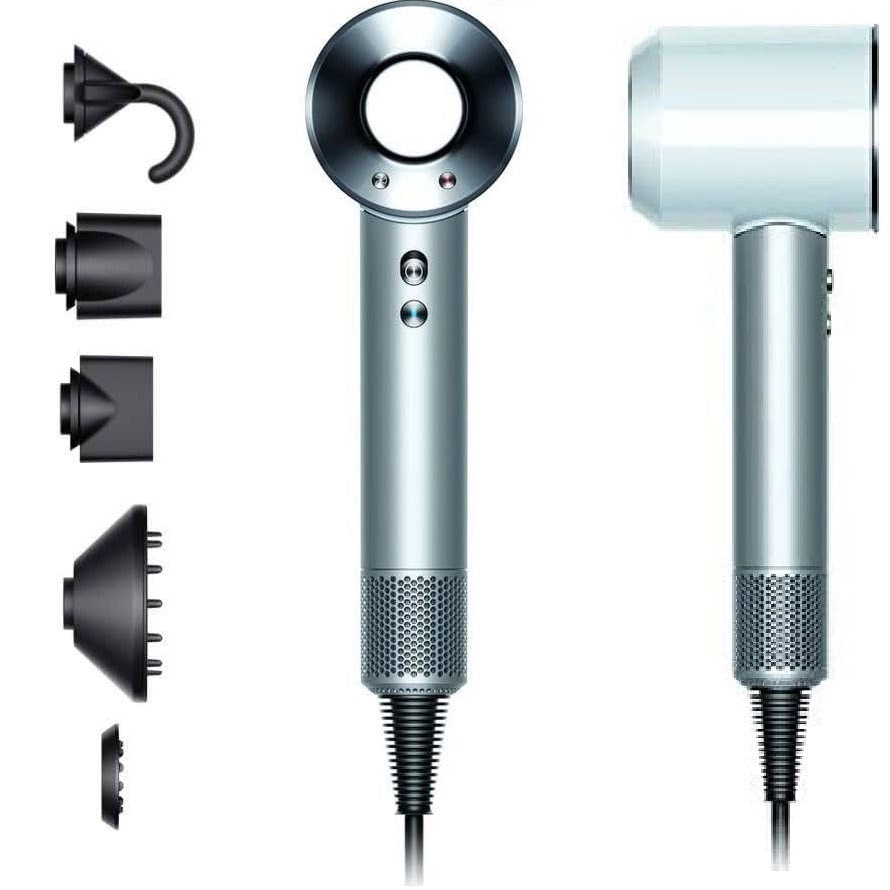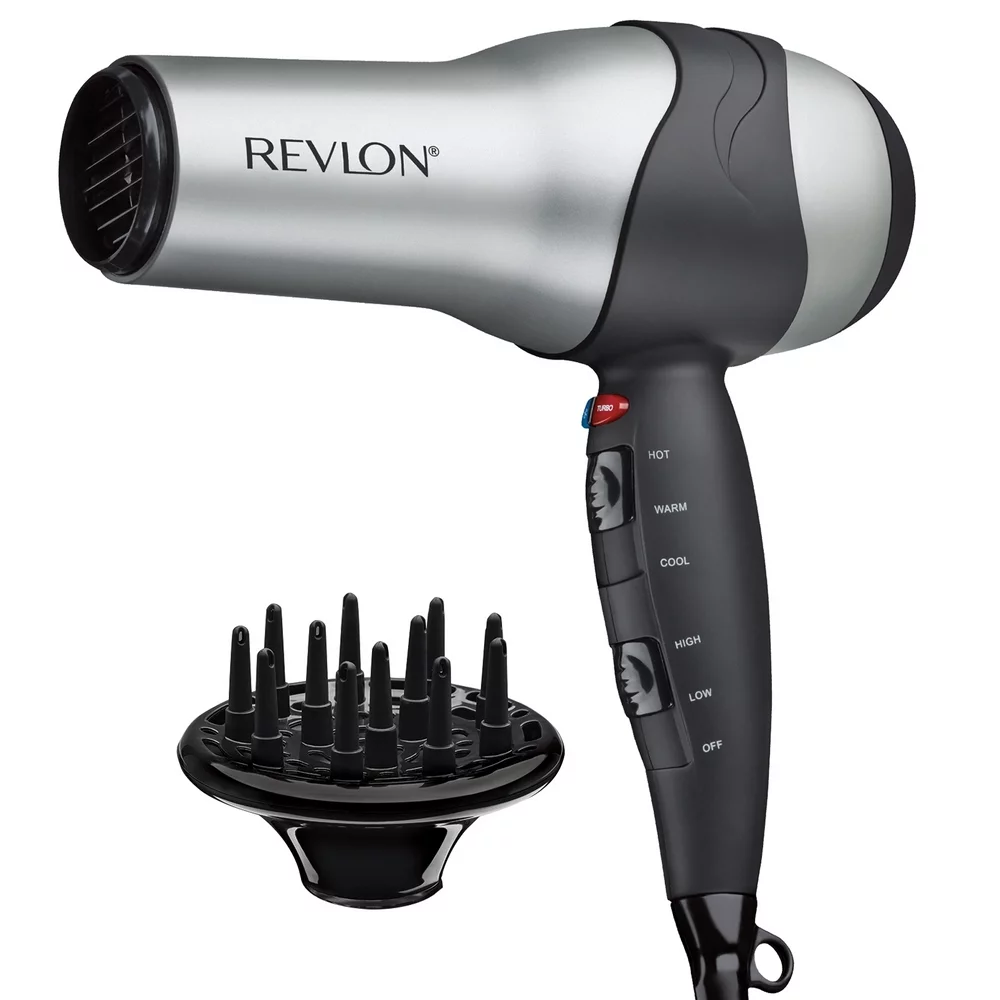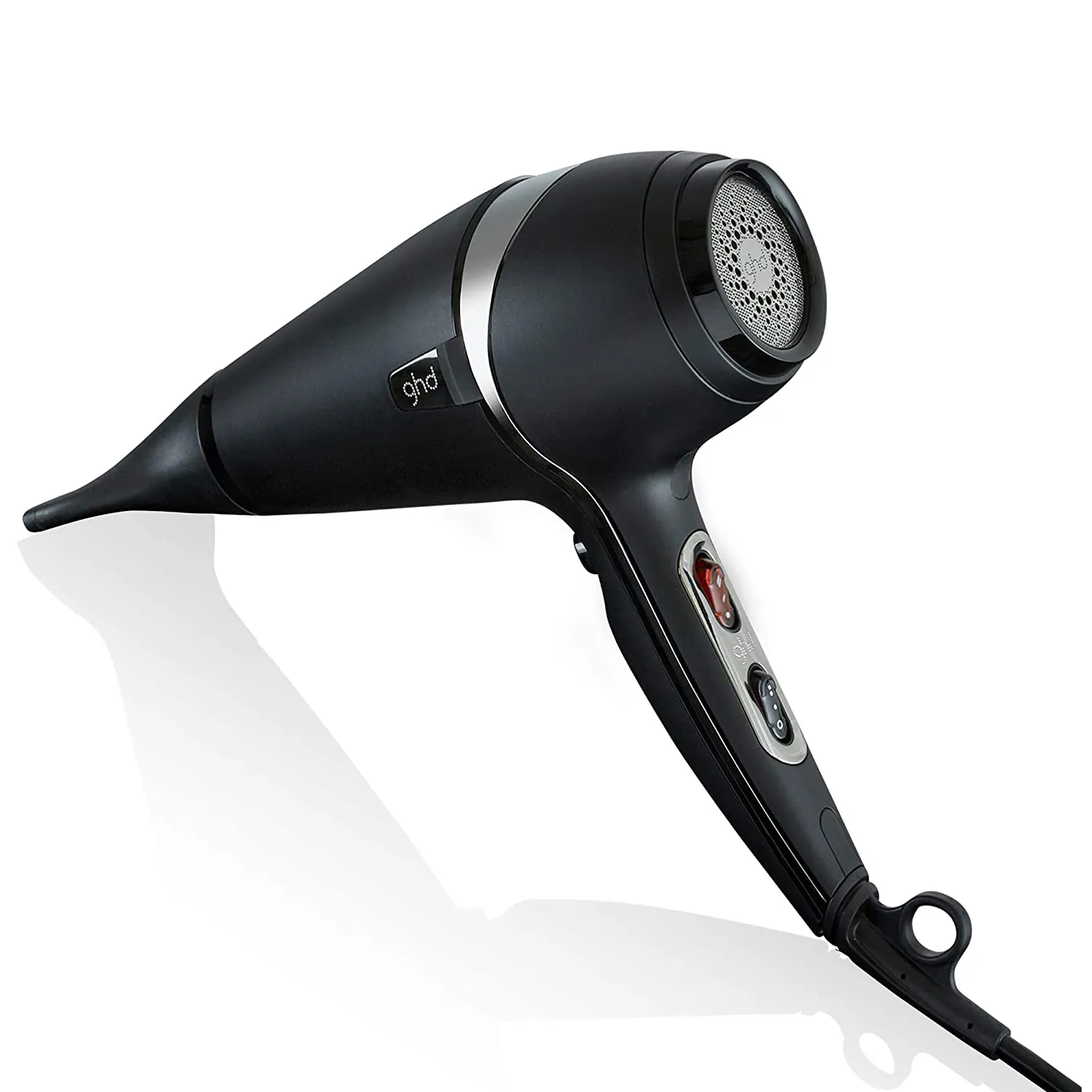Ear infections can be incredibly painful and disruptive to daily life. They are especially common among children but can affect people of all ages. While medical treatment is often necessary, there are also home remedies that can help alleviate the discomfort associated with ear infections. One such remedy is using a hair dryer to carefully dry the ear canal. This treatment method must be done cautiously to avoid further damage. This guide will explore the science behind using a hair dryer for ear infection, the steps for applying this method, safety precautions, and more.
Understanding Ear Infections
What is an Ear Infection?
An ear infection, medically known as otitis, occurs when a viral or bacterial infection causes inflammation and fluid buildup in the middle ear (the area just behind the eardrum). It can be acute or chronic, and symptoms typically include ear pain, fever, difficulty hearing, and fluid drainage from the ear.
Types of Ear Infections
Otitis Media
This type of ear infection affects the middle ear. It usually results from colds, allergies, or respiratory infections leading to fluid buildup that can harbor bacteria or viruses.
Otitis Externa
Also known as “swimmer’s ear,” this infection affects the outer ear canal. It’s often caused by exposure to water, which creates a moist environment conducive to bacterial growth.
Inner Ear Infections
Though less common, inner ear infections can lead to vertigo, hearing loss, and severe balance issues. These require immediate medical attention.
The Role of Moisture in Ear Infections
Why Moisture Matters
Moisture plays a critical role in the development and exacerbation of ear infections. Bacteria and fungi thrive in warm, damp environments, making a moist ear canal a perfect breeding ground for pathogens. Drying the ear can help mitigate this risk.
How Moisture Leads to Infection
When moisture remains trapped in the ear canal, it can soften the skin and remove protective wax barriers, making it easier for bacteria to penetrate and cause an infection. This is why keeping the ear canal dry is crucial for preventing and treating infections.
The Science Behind Using a Hair Dryer
Drying the Ear Canal
A hair dryer can be used to remove moisture from the ear canal. The warm air evaporates the water, creating a less hospitable environment for bacteria and fungi. This can help expedite recovery and alleviate symptoms.
Benefits of Using a Hair Dryer
- Rapid Drying: A hair dryer can quickly remove moisture compared to other drying methods.
- Accessibility: Most households have a hair dryer, making this treatment readily available.
- Non-Invasive: When used correctly, a hair dryer is a non-invasive way to treat ear infections.
How to Safely Use a Hair Dryer for Ear Infection
Precautions to Take
- Consult a Doctor: Before attempting this home remedy, consult a healthcare provider to ensure it’s suitable for your condition.
- Check the Temperature: Make sure the hair dryer is set to a low or cool setting to prevent burns.
- Distance: Hold the hair dryer at least 12 inches away from the ear to ensure the air is not too hot or forceful.
- Duration: Limit the use to 1-2 minutes per session to avoid excessive drying or irritation.
Step-by-Step Guide
- Preparation:
- Clean the ear gently with a cloth.
- Make sure the hair dryer is clean and free of debris.
- Setting Up the Hair Dryer:
- Set the hair dryer to the lowest temperature setting.
- Select a low airspeed setting.
- Application:
- Hold the hair dryer about 12 inches away from the ear.
- Move the dryer back and forth to ensure even drying.
- Limit drying to 1-2 minutes.
- Post-Drying Care:
- Gently rub the outer ear with a dry towel.
- Avoid inserting any objects into the ear canal.
Other Home Remedies for Ear Infections
Warm Compress
Applying a warm compress to the affected ear can help alleviate pain and promote drainage.
Olive Oil
A few drops of warm olive oil can soothe the ear canal and help remove trapped moisture.
Vinegar and Alcohol Mixture
A mixture of equal parts white vinegar and rubbing alcohol can help dry out the ear and kill bacteria.
Medical Treatments for Ear Infections
Antibiotics
For bacterial ear infections, antibiotics are often prescribed. These can take the form of oral medication or ear drops.
Pain Relievers
Over-the-counter pain relievers such as ibuprofen or acetaminophen can help manage pain and reduce inflammation.
Surgical Intervention
In severe or chronic cases, surgical intervention may be necessary. This can include the insertion of ear tubes to facilitate drainage and prevent fluid buildup.
Risks and Considerations
Potential Risks
- Burns: Using a hair dryer at too high a temperature or too close to the ear can cause burns.
- Further Infection: If not used correctly, drying the ear could push bacteria deeper into the ear canal.
- Over-Drying: Excessive use can lead to over-drying, which can irritate the skin and worsen symptoms.
When to Seek Medical Attention
- Persistent Pain: If pain persists despite home treatment, consult a healthcare provider.
- Fever: A fever higher than 100.4°F (38°C) is a sign of a more serious infection that requires medical attention.
- Hearing Loss: Sudden or severe hearing loss should be evaluated by a doctor immediately.
Myths and Misconceptions
Myth: Hair Dryers Can Cure Ear Infections
While a hair dryer can help alleviate symptoms by drying out the ear canal, it is not a cure for the infection itself. Medical treatment may still be necessary.
Myth: More Heat Equals Faster Healing
Using a higher heat setting does not speed up the healing process and can actually cause burns and further complications.
Myth: Home Remedies Are Always Safe
Not all home remedies are safe or effective for everyone. Always consult a healthcare provider before trying new treatments.
 Preventing Ear Infections
Preventing Ear Infections
Hygiene
Maintain good personal hygiene to prevent infections, such as washing hands regularly and avoiding touching the face and ears.
Vaccinations
Keep up-to-date with vaccinations, as some can prevent infections that might lead to ear infections, like the flu vaccine.
Avoid Irritants
Smoking or exposure to second-hand smoke increases the risk of ear infections, especially in children.
Breastfeeding
Breastfeeding infants for at least the first six months can boost their immune systems and reduce the risk of ear infections.
When to Seek Professional Help
Symptoms Worsening
If symptoms persist or worsen after 48 to 72 hours of home treatment, it’s crucial to seek medical attention.
High Fever
If the affected person develops a fever above 102°F (39°C), or if an infant under three months old has a fever, seek medical advice immediately.
Drainage
If there is pus or blood draining from the ear, this indicates a more severe infection that requires professional treatment.
Hearing Loss
Persistent hearing loss or a significant reduction in hearing capabilities should be assessed by a healthcare provider.
Conclusion: Hair dryer for ear infection
Using a hair dryer to treat ear infections can be an effective method for alleviating symptoms by drying out the ear canal. However, this approach should be undertaken with caution and ideally under the guidance of a healthcare provider. While a hair dryer can help remove moisture and create an inhospitable environment for bacteria and fungi, it is not a substitute for medical treatment. Understanding the correct way to use this method and being aware of potential risks are crucial for ensuring safety and effectiveness. Always consult a healthcare professional for a comprehensive treatment plan tailored to your specific condition.

